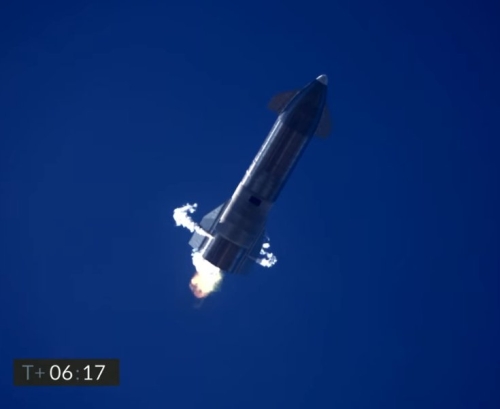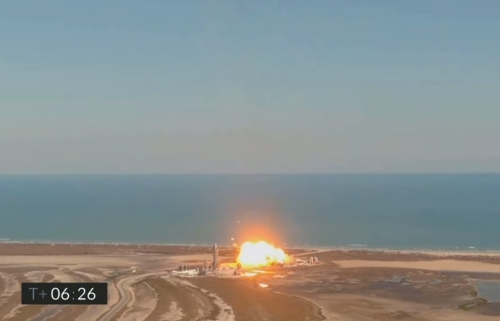Axiom raises $130 million in investment capital
Capitalism in space: The private space station company Axiom announced today that it has obtained $130 million in investment capital during its most recent round of fund-raising.
The funding will allow the company to expand, including doubling its current workforce of about 110 people this year, Michael Suffredini, president and chief executive of Axiom, said in an interview. It will also support quarterly payments to Thales Alenia Space, which is building the pressurized elements of the first modules. The company recently moved into a two-story building in Houston and is buying a new test facility, with plans to establish a campus at Spaceport Houston, also known as Ellington Airport.
“This is a really the major step for us,” he said. “The B round is typically where you get your first large investment, but more importantly than the money is the community of investors that you put together, so that future rounds are largely from those investors.” That group of investors, he said, was “a perfect fit for us and puts us in a good position, however we want to go forward.”
Suffredini also admitted that while helps get those first modules built for launch to ISS in ’24, they will still need “probably between half a billion and a billion dollars” to build their full private space station.
Sounds like a lot, eh? ISS cost about $100 billion, but that is not including the contributions of the U.S.’s international partners. It is also likely a conservative estimate, as it likely does not include any of NASA’s overhead in connection with the station. Construction officially began in 1994, but actually started a decade earlier when President Reagan first proposed its predecessor, the Freedom station, and those costs are not included as well.
So Axiom will build its private station for about a billion, and get it done in about five years. NASA spent anywhere from $100 to $200 billion, and took more than three decades to get it launched and built.
Which product would you buy?
Capitalism in space: The private space station company Axiom announced today that it has obtained $130 million in investment capital during its most recent round of fund-raising.
The funding will allow the company to expand, including doubling its current workforce of about 110 people this year, Michael Suffredini, president and chief executive of Axiom, said in an interview. It will also support quarterly payments to Thales Alenia Space, which is building the pressurized elements of the first modules. The company recently moved into a two-story building in Houston and is buying a new test facility, with plans to establish a campus at Spaceport Houston, also known as Ellington Airport.
“This is a really the major step for us,” he said. “The B round is typically where you get your first large investment, but more importantly than the money is the community of investors that you put together, so that future rounds are largely from those investors.” That group of investors, he said, was “a perfect fit for us and puts us in a good position, however we want to go forward.”
Suffredini also admitted that while helps get those first modules built for launch to ISS in ’24, they will still need “probably between half a billion and a billion dollars” to build their full private space station.
Sounds like a lot, eh? ISS cost about $100 billion, but that is not including the contributions of the U.S.’s international partners. It is also likely a conservative estimate, as it likely does not include any of NASA’s overhead in connection with the station. Construction officially began in 1994, but actually started a decade earlier when President Reagan first proposed its predecessor, the Freedom station, and those costs are not included as well.
So Axiom will build its private station for about a billion, and get it done in about five years. NASA spent anywhere from $100 to $200 billion, and took more than three decades to get it launched and built.
Which product would you buy?




